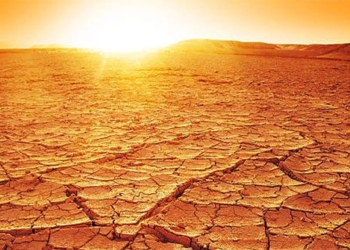Dust clouds from the Sahara Desert are covering the states of Campeche, Quintana Roo, Tabasco, Tamaulipas, Veracruz, and Yucatán, and Mexico will continue to experience another wave of desert dust starting from June 14.

Dust clouds from the Sahara during their annual movement across the Atlantic Ocean. (Source: mexiconewsdaily.com)
On June 11, a dust cloud from the Sahara Desert reached the Yucatán Peninsula in Southeast Mexico, causing the sky to turn a reddish-orange due to the interaction between sunlight and the dense dust particles in the atmosphere.
The Mexican Ministry of Environment forecasts that from now until the end of the weekend, dust from the Sahara will cover the states of Campeche, Quintana Roo, Tabasco, Tamaulipas, Veracruz, and Yucatán.
Additionally, the National Water Commission (Conagua) has warned that on June 14, Mexico will be hit by another wave of desert dust.
This agency advises residents to take precautions against pollution, such as wearing masks, protective eyewear or sunglasses, avoiding outdoor activities, and covering windows and doors with damp cloths.
Desert dust is a mass of dry, warm air that typically appears from late spring to early autumn.
In the Sahara, the largest desert on Earth, dust clouds are formed in the Sahel region. As they move across the Atlantic Ocean, desert dust storms temporarily inhibit the development or intensification of tropical storms.
When they reach land, dust particles interact with sunlight, causing the dawn and sunset skies to be painted in reddish-orange hues.
The American National Aeronautics and Space Administration (NASA) estimates that approximately 800 million tons of desert dust from North Africa are released into the atmosphere each year, dispersing over thousands of miles.
NASA’s Earth Observatory states that dust also plays a crucial ecological role in fertilizing soils in the Amazon region and contributing to the formation of beaches in the Caribbean.




















































